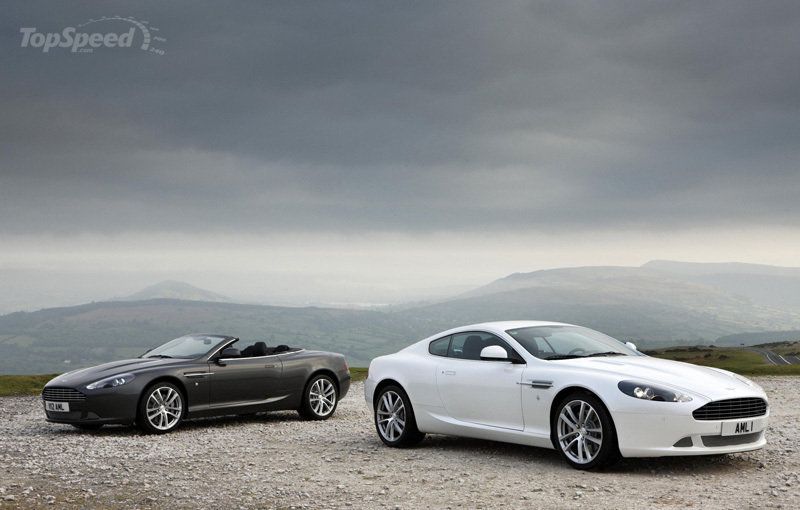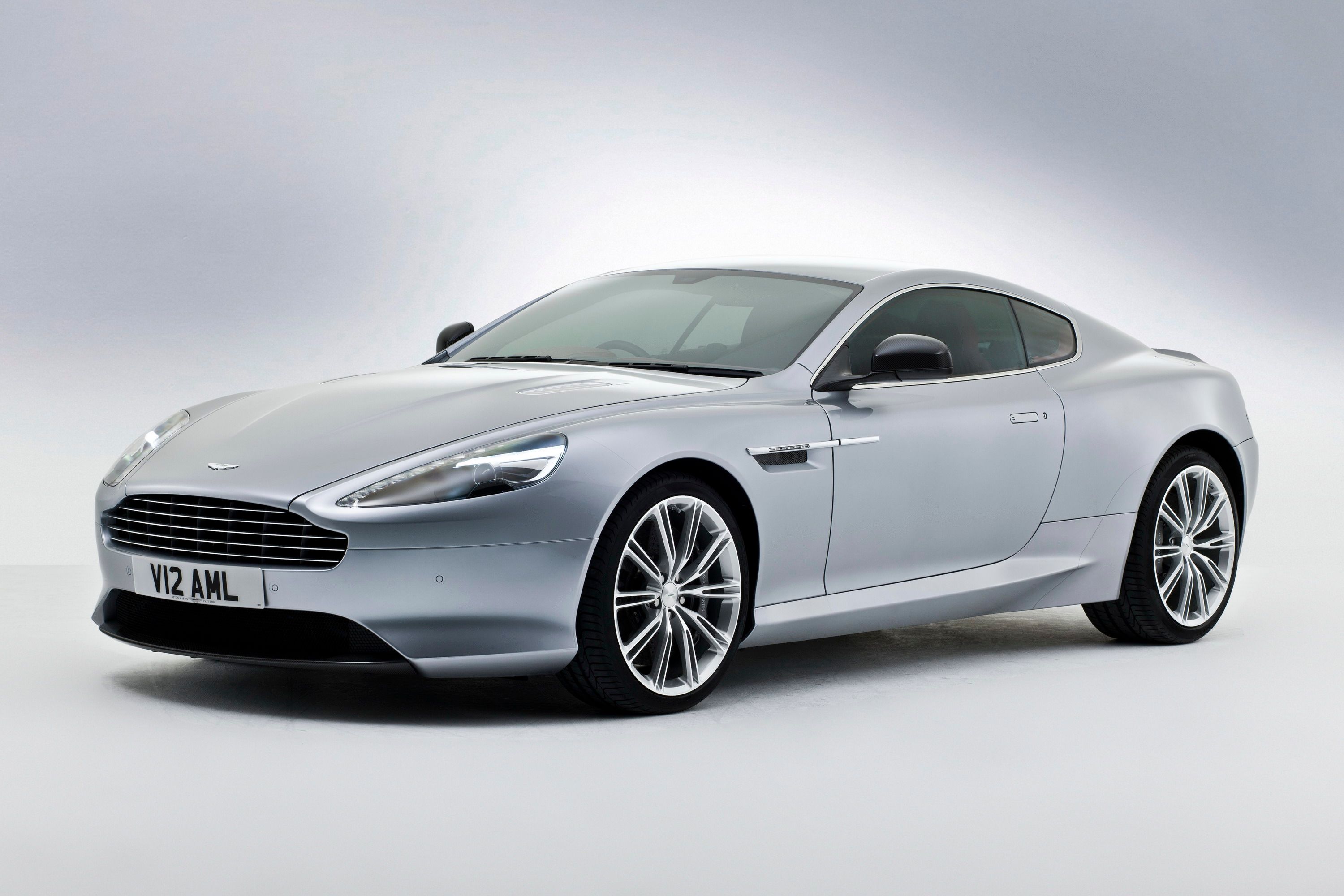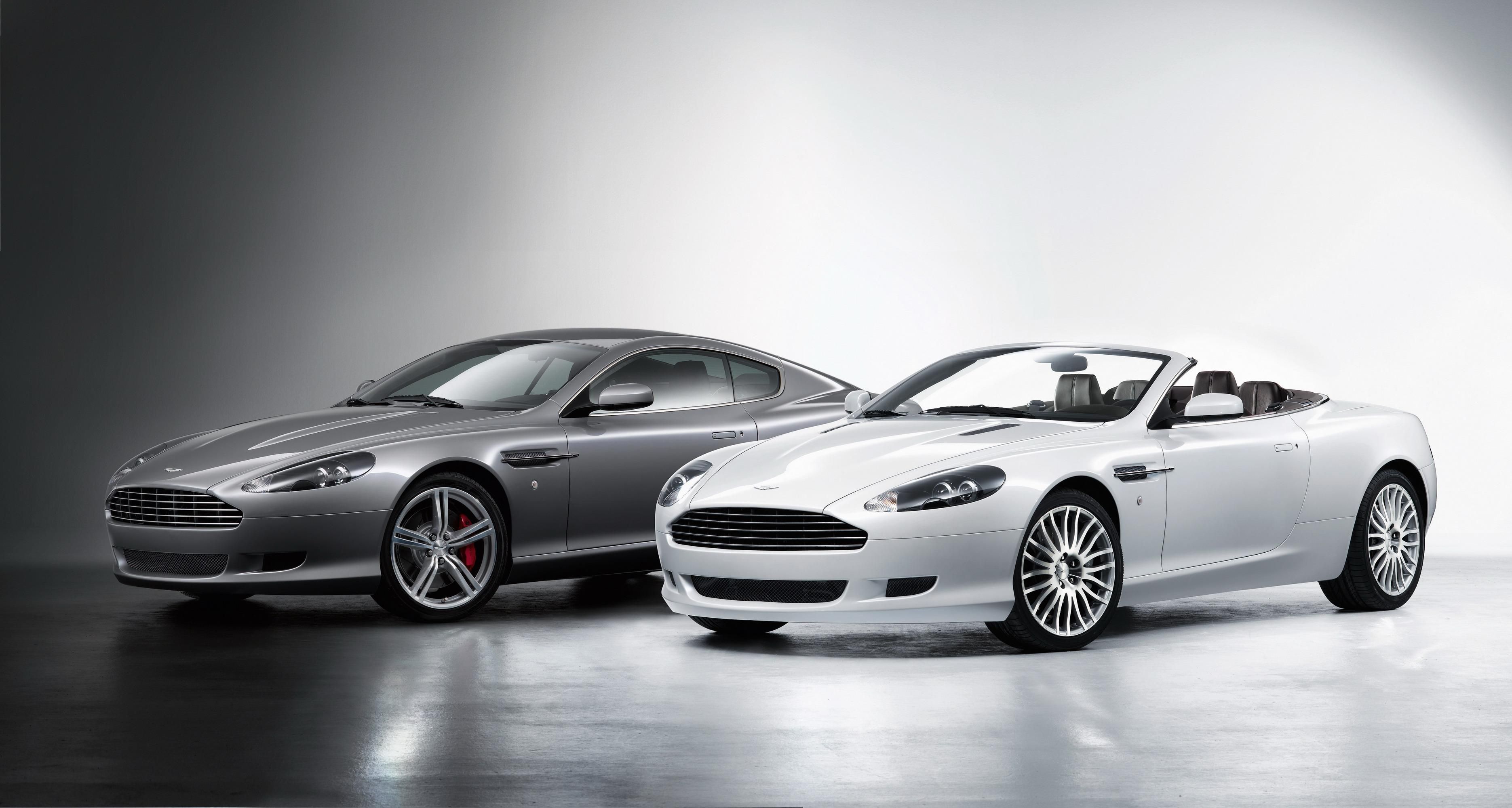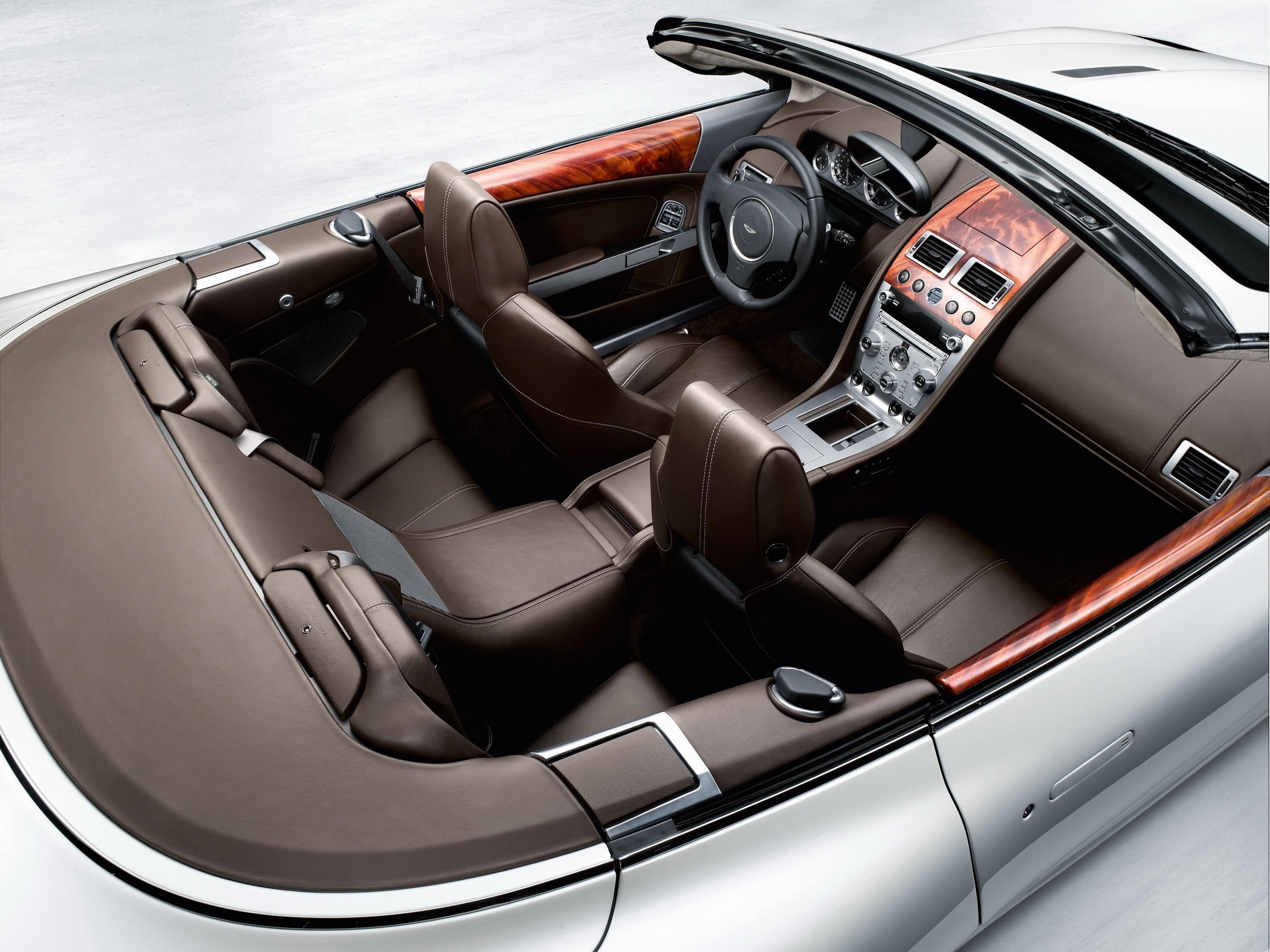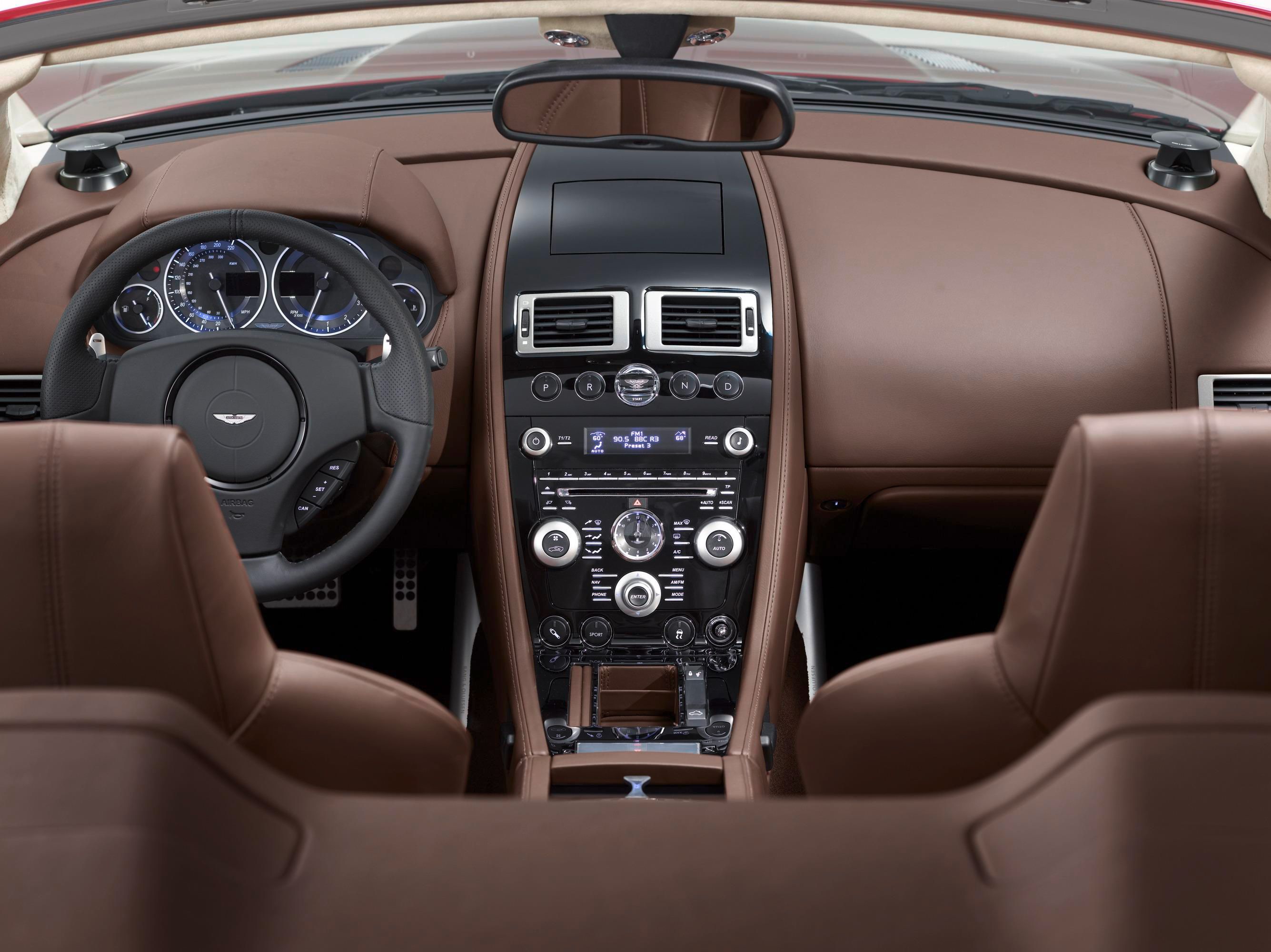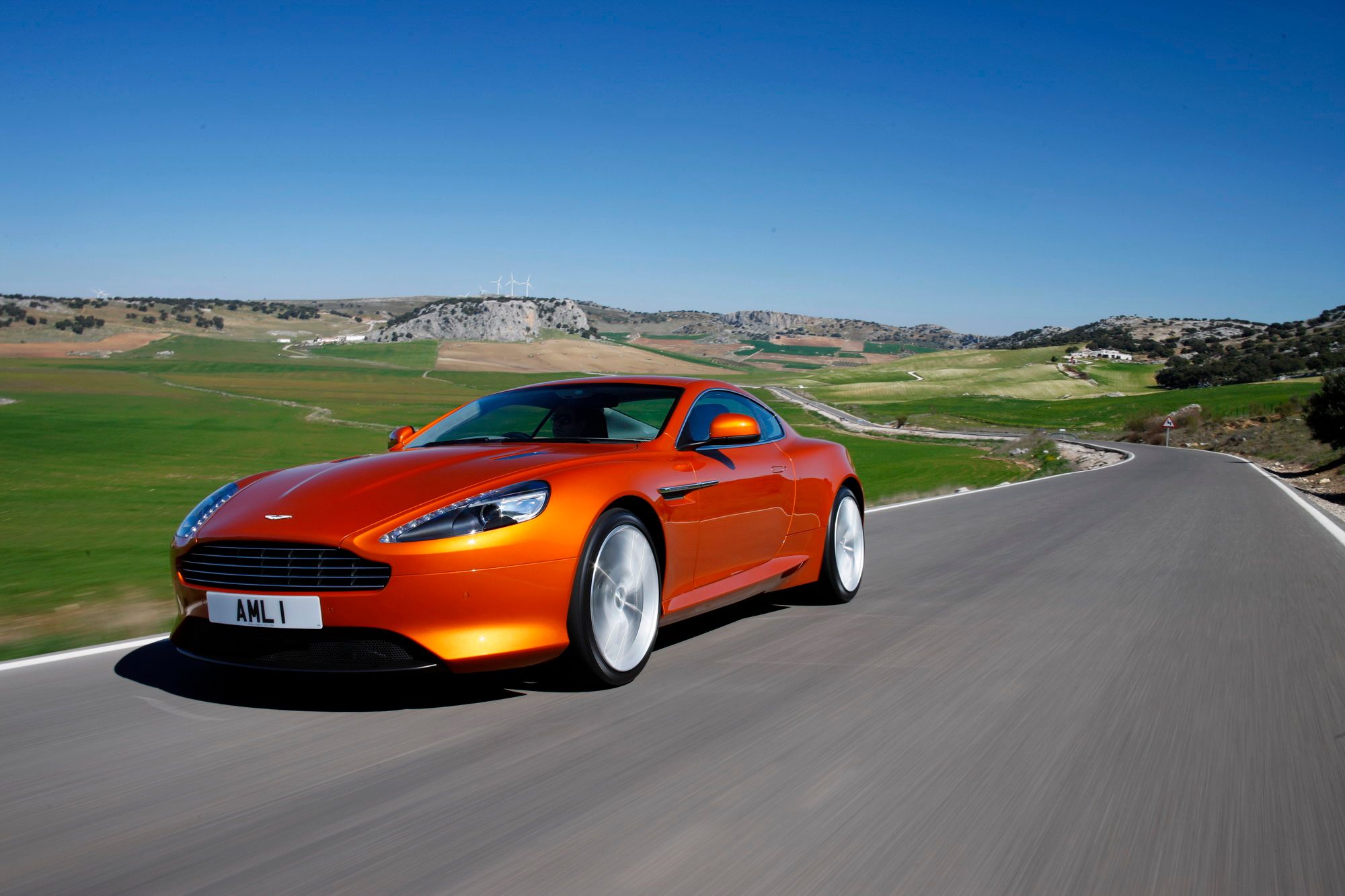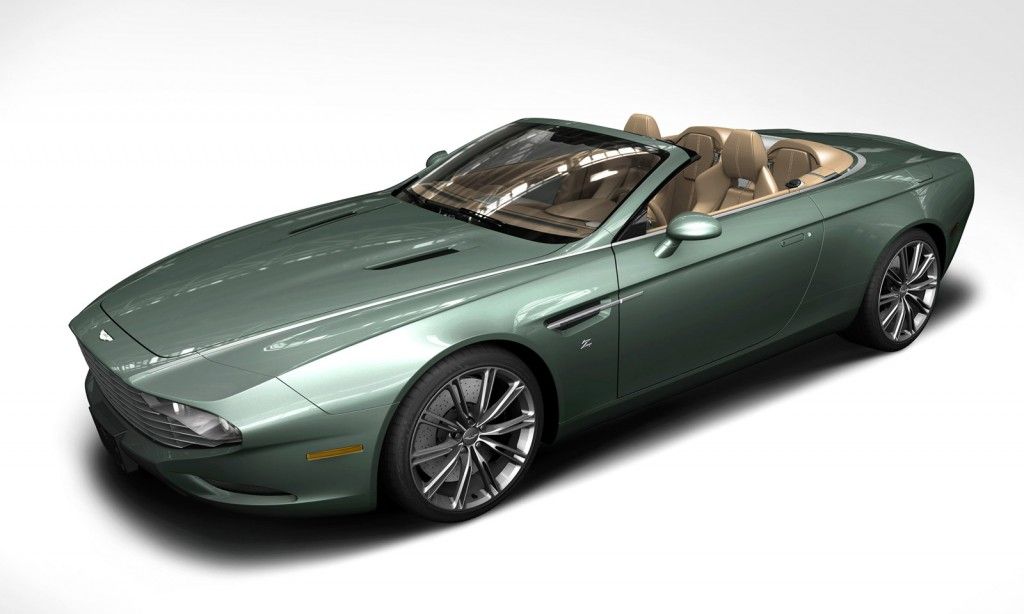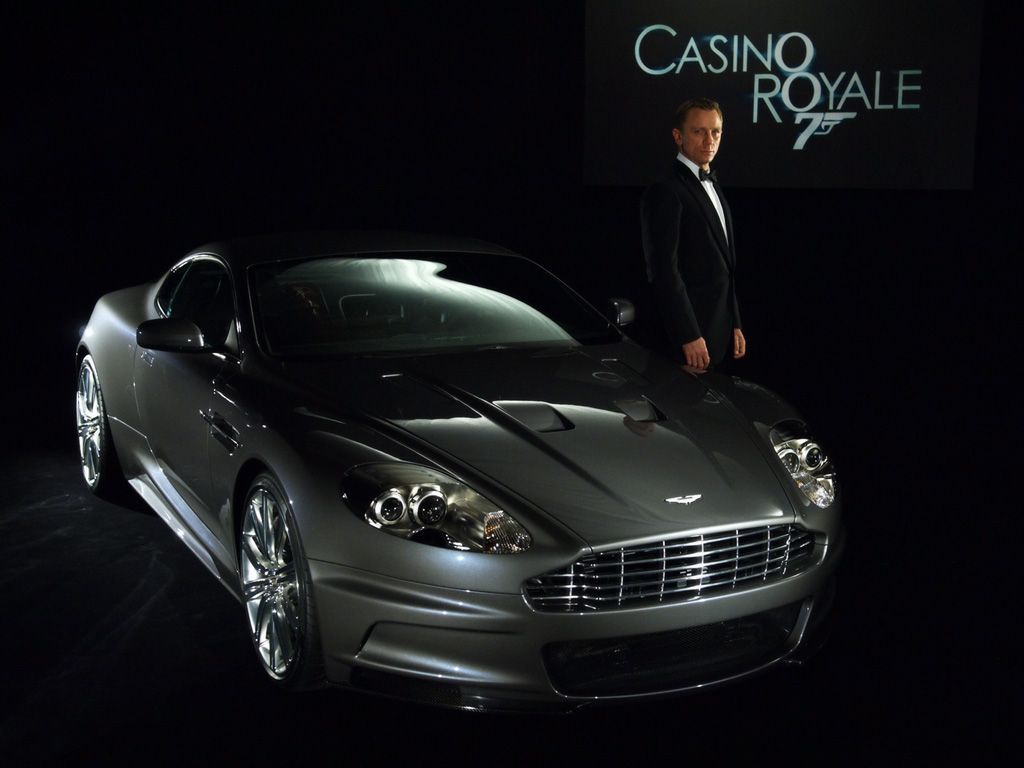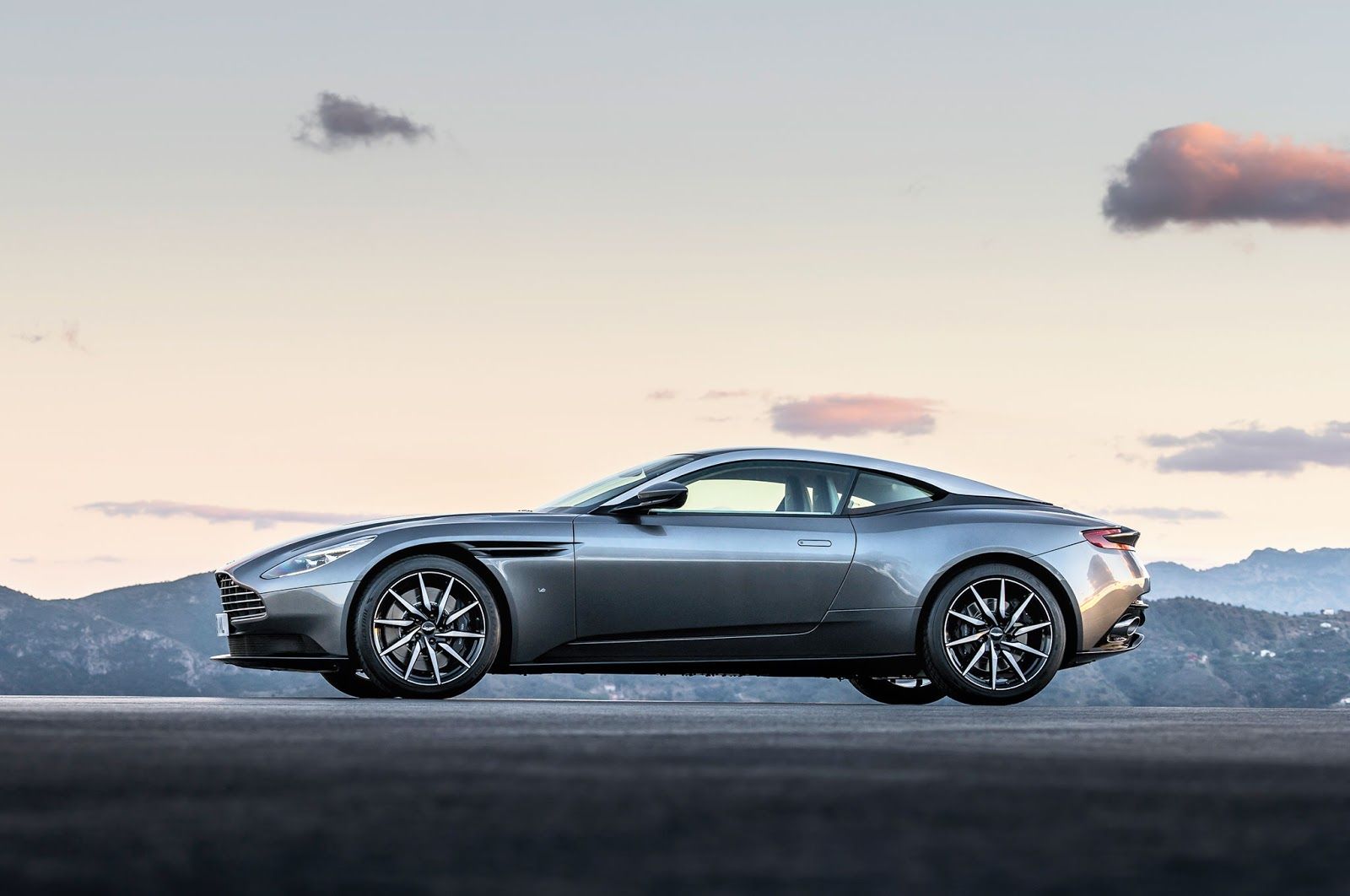Aston Martin is a brand synonymous with exclusivity, elegance, glitz, and glamor. The legendary sports carmaker has now been around for over a century and is today a symbol of Britain. Aston Martin has time and again been rated in countless surveys as one of the Coolest Brands of all time.
Overview
The brand is also associated with the famous secret agent 007. The appearance of the famed spy James Bond, at the wheel of an Aston Martin DB5 in the 1960s, added to the brand's fame. This is a narrative of one of its most iconic and significant models in recent times, the DB9.
Three cars have been particularly important to Aston Martin in recent history. The DB7 is the first. Okay, it was a redesigned Jaguar with Mazda tail lights, but it was a significant model because it was this very car that helped the brand make it through some challenging financial times. The second being its successor, the DB9, and the Vanquish which represented the Ultimate from the British marque.
At the turn of the 21st century, the DB9 was a car that enabled the British automaker to make a comeback and rise to take on the finest from the likes of Ferrari with its 612 Scaglietti, Porsche with the 911 Turbo, and Bentley with the Continental GT. Remember that, although the DB9 had a V-12 engine, it was never meant to go up against the likes of Bentley or Ferrari. Unlike the competition at the time which was all about speed, the DB9 was a car that was far more flamboyant and theatrical.
The Aston was not designed to be a car about raw power and outright performance. Of course, it was important that it was a fast car, but the British marque refused to join in the horsepower race of the Germans, Italians, and Americans. The DB9 was all about making swift progress with grace. It was designed to be a comfortable grand tourer to cross continents and get to these exotic destinations in style. The perfect gentleman's express. The car also famously appeared on Top Gear where Jeremy took on Richard & James on the French TGV, in a race from Guildford in the UK to Monaco on the Med.
Concept
The "DB" originates from the initials of a wealthy industrialist, David Brown, who purchased the brand back in the 40s. Coming back to the Aston Martin DB9, it was revealed at the 2003 Frankfurt Motor Show and immediately captivated the public's attention. A new factory in Gaydon, Warwickshire, in the UK became operational to commemorate the occasion.
Beginning in 2003, the production of an all-new generation of cars based on Aston Martin’s V/H platform was set to take off. This is the very first time that Aston had built its very own facility, which went on to become the company's new headquarters. Simultaneously, the firm also established an engine factory at the Ford plant in Cologne, Germany, where Aston Martin built its glorious V-8 and V-12 engines.
Design
This is what the DB9 was all about. It was more art than a car with a design that was truly timeless and the bodywork; spectacular. Renowned automotive designer, Ian Callum, began work on the preliminary concept, but he handed up the reins halfway through to Henrik Fisker and Marek Reichman.
The DB9 was distinguished by its especially 'clean' lines. With a long hood - or bonnet, if you’re British - and those pronounced haunches, the proportions of the car were spot on and they were deliberately chosen to be as elegant as possible. What the design team ended up with was a form that was nothing short of a masterpiece. It was a stunning vehicle from every possible angle.
Their effort was not just limited to the exterior though, because the cabin was equally stunning and way ahead of its time. The car managed to strike the right balance by being both modern, yet traditional at the same time. That's quite clever. The interior design was completely unique, but not so groundbreaking that the aristocratic old money, might well, promptly back off. It was crafted using only the finest materials available; from exotic woods, leather, glass, and aluminum which lent an air of sophistication to the cabin.
Performance
The engine of the DB9 was a familiar one. It acquired a 5.9-liter V-12 engine with 450 horsepower. This engine first debuted on the DB and was also present in the V-12 Vanquish. It was made from two Ford Duratec V-6 engines.
Initially, the block was built by Cosworth. A year later, the engines were assembled at Ford’s engine facility in Cologne. There, the V-12 was put together by Aston Martin engineers. As far as the gearbox is concerned, in contrast to the terrible sequential transmission of the Vanquish, the DB9 had a very orderly automatic. Not the most responsive gearbox in the world, but it did indicate where the emphasis was on this car.
Generation 1 (2004-2009)
The 2004 DB9, was the very first Aston model in history to be fitted with ESP. It was available in Coupé and Volante convertible forms. The open-top version of the DB9 was even more beautiful than the Coupe.
The range grew in 2007 with the introduction of the special LM version. Only 124 examples of this special edition painted in silver were made. It was created to commemorate Aston’s triumphant win in the GT1 Class at the 24 Hours of Le Mans.
Generation 2 (2010-2012)
In 2008 the DB9 received its first facelift. Because the exterior design was already so good, to begin with, most of the changes were under the skin. The biggest one being with the engine which now produced 470 horsepower up from 450. Torque was at 442 pound-feet.
Further to the power upgrade, the chassis was also further refined. The dampers were now made by Bilstein. You can recognize a facelifted DB9 by the larger mirrors with the smaller mirror arms, optional 20-spoke rims, some new colors, a revamped interior, and above all, a slightly different grille.
Generation 3 (2013-2016)
The next update followed just two years later. This time around, the updates to the exterior are more evident. The front bumper was different and had larger air intakes. The side skirts and rear bumper had also been revised. This generation was available yet again as either a Coupe or Volante roadster. The same 5.9 V-12 engine was carried over from the predecessor, although it now produced even more power rated at 496 horsepower.
Whether the DB9 needed these revisions is debatable. Sales of the DB9 were now starting to dwindle and Aston had to keep the model relevant. The diminishing demand also led Aston to discontinue the option for a manual gearbox in 2011. Derivatives of the DB9, like the Rapide,DBS & the Virage also ate into the sales of the DB9.
Just as with the DB7, Aston Martin concluded the DB9 with a 'GT' version. The 5.9 V-12 now made 540 horsepower. Once again, the biggest changes can mostly be found under the skin. Aston Martin had separated from Ford for a while now and the outdated Volvo electronics have been replaced by more modern and higher quality stuff.
Special Editions
The final generation of the car, also saw Aston Martin collaborate with the famed Italian design house, Zagato. Most of Zagato’s creations go into the other models, such as the DBS. The coupe version of the Zagato DBS was more relaxed and less sporty, which is why it received the DB9 badge.
The car was built for Peter Reid, a collector who also created the AR-1 and DB7 Zagato. As is often the case with Zagato cars, the design of the DB9 Spyder Zagato Centennial is more 'interesting' than beautiful. It does show how versatile the VH platform can be.
A special 'GT Bond Edition' of the DB9 GT was also created. It was a car for those people who have never seen a modern Bond film and missed the fact that Daniel Craig had been driving an Aston Martin DBS since 2006.
How Exactly Do You Build On The Success Of The DB9?
Despite several revisions over the years and increasing competition, from its contemporaries, Aston eventually chose to seize production of the DB9. Between 2003 to 2016, Aston Martin made just over 16,500 DB9s.
The DB lineage, however, continued with the DB10, of which only 10 examples were made for the James Bond film “Spectre”.
It was succeeded by the DB11, a car Aston says, is better and more modern than the DB9 in every way. But the DB11 would never have existed without the success of the DB9. Personally, the DB9 is my favorite modern Aston Martin purely on the basis of design. I find the DB11’s design to be a tad bit busy especially around the front fenders.
In Conclusion
There is no doubt that the Aston Martin DB9 has left an indelible stamp on the brand's history, both in terms of its success and its style. It has to be one of the most evocative supercars of the 2000s. Although it is no longer in production, demand for the DB9 is still strong and many collectors want to acquire one. The DB9 was not only an outstanding automobile and but also a car that stood for first-rate beauty. Above all, it was the car that redefined Aston Martin's brand values.
Watch this short film by Aston Martin in which it goes over its design philosophy of the iconic DB9




